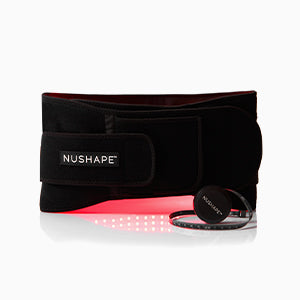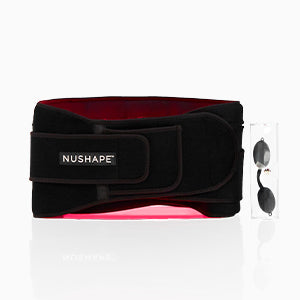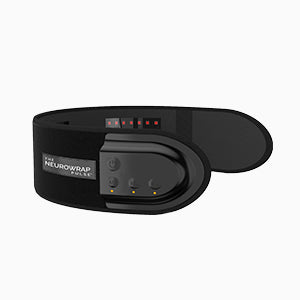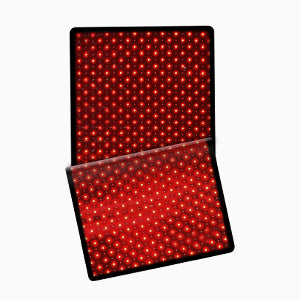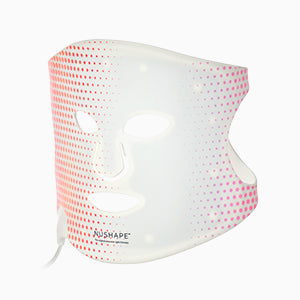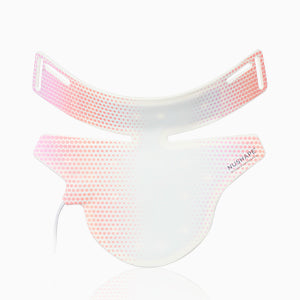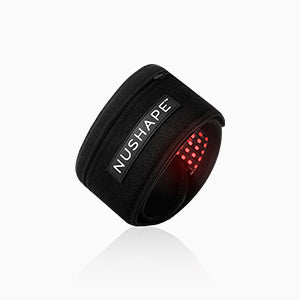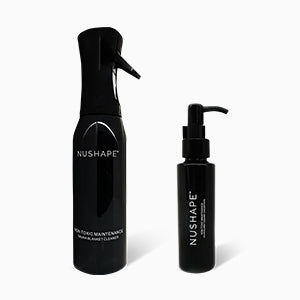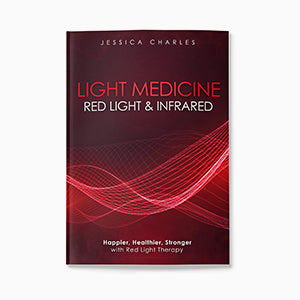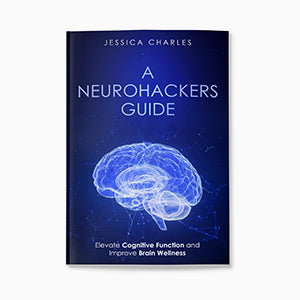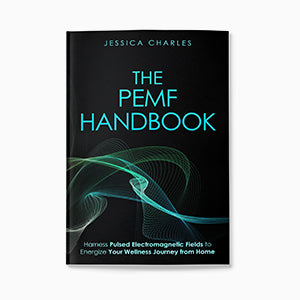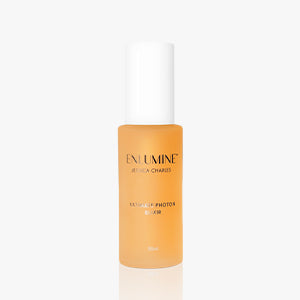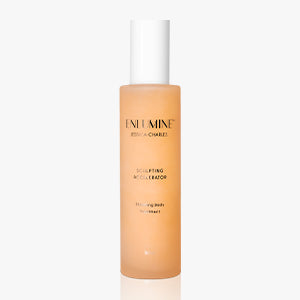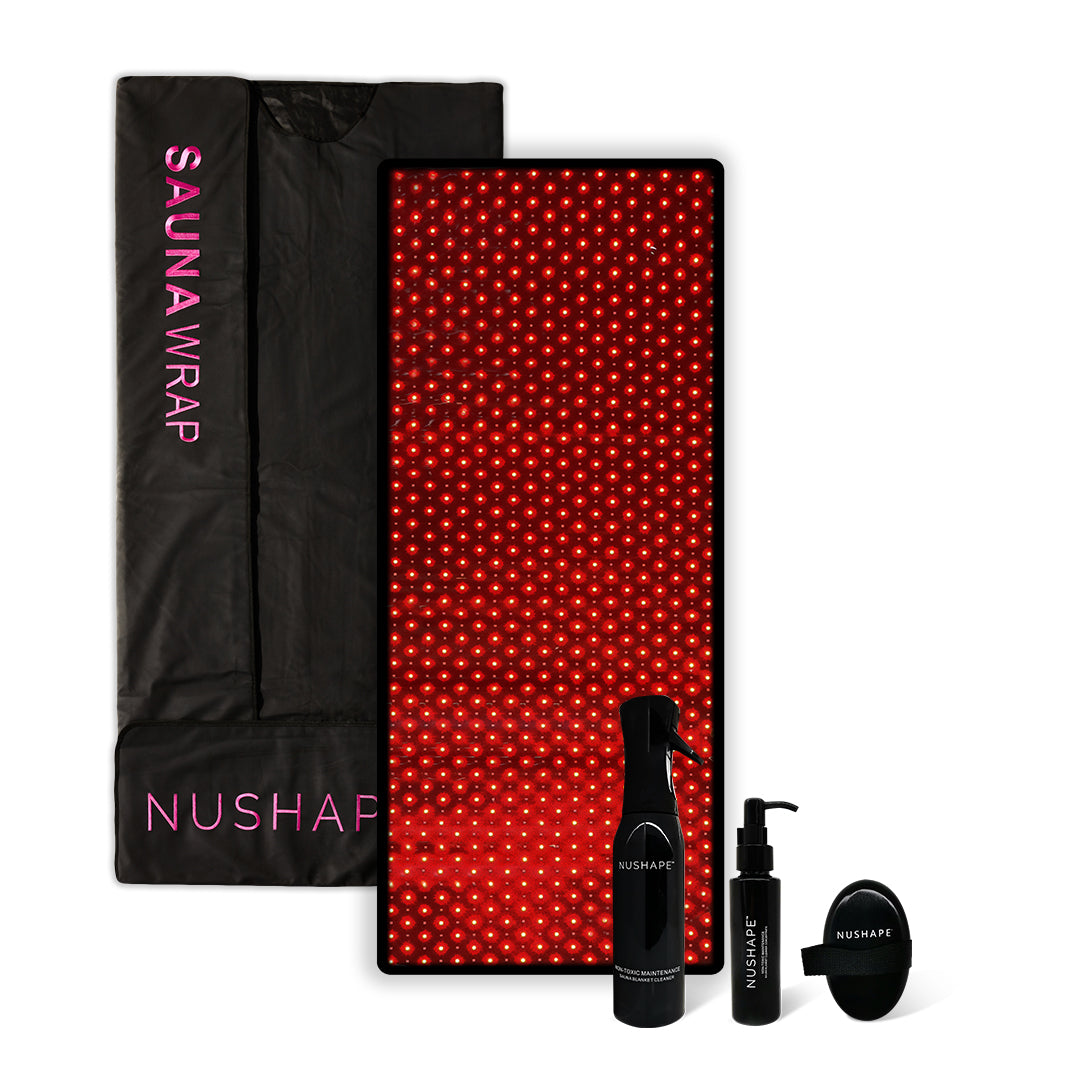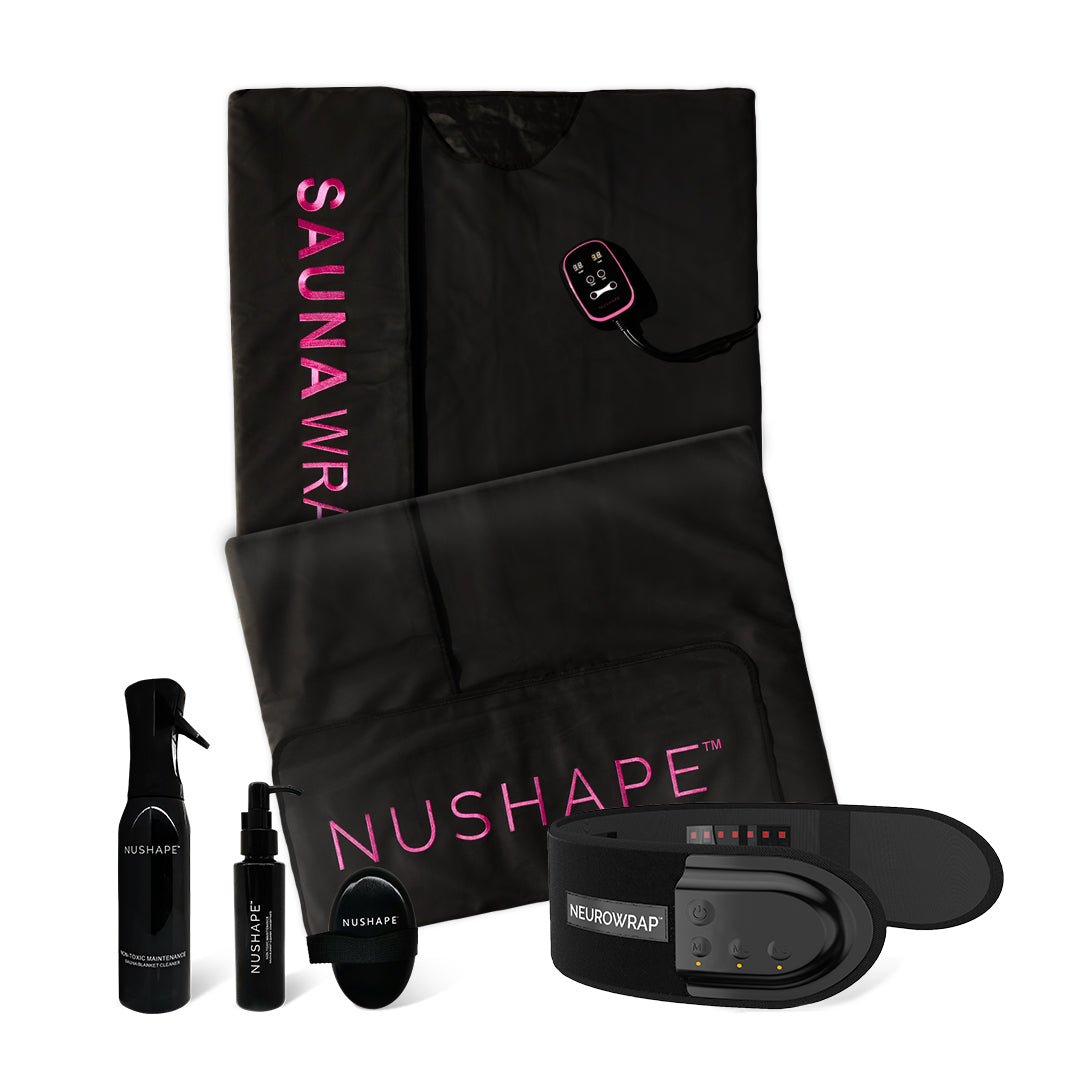
Headaches can be very painful, hard to handle, affect your daily life, as well as your professional life. They are considered part of the most disabling conditions worldwide. With approximately 4 million emergency department visits being accounted for in 2016, they are the 5th most common reason for department visits in the U.S since 2013. Today, headaches are the second major cause of years living with a disability around the globe.
There are many types of headache disorders (HD). Firstly, it is important to classify them by short duration or long duration; the fine line stands in the 4h of headache. Secondly, identify if they are episodic or chronic; here again, the fine line stands in having headache disorders more than 15days per month. Another type of HD, which is also the second most common type is the migraine, and comes with an association of symptoms such as nausea, vomiting, sensitivity to light, etc. There are also other types like tension-type headaches, cluster headaches and medication-overuse headaches, etc.
The treatment of headaches could be quite challenging. This is when you must ask yourself, how can Red Light Therapy (RLT) actually treat headaches? Let’s review some studies that have asked this same question, and that have made the answer accessible. Many scientists have questioned the efficiency of RLT, aka photobiomodulation (PBM), when it comes to headaches and here are a few that have caught our eye:
A systematic review study has evaluated the safety and effectiveness of PBM on migraines. One of the studies included in the systematic review suggested that RLT could eventually be an alternative therapy for migraines. The authors reported an improvement in pain, a significant reduction in headache episodes and a decrease in the duration of the episodes. Another study (also included in the systematic review) has found that there was a significant decrease when it came to the frequency of the episodes, one month after the treatment.
Other studies have found positive outcomes with the use of RLT such as pain reduction, benefits when it comes to modulation of blood flow and serotonin levels, sleep disturbance and most importantly, decrease of the frequency of migraines. PBM appears to improve the neuron’s metabolic capacity, as well as stimulate anti- inflammatory responses. The non-invasive light scattering provided by the NeuroWrap allows the light to pass through different layers and reach the cortical surface of the brain.
